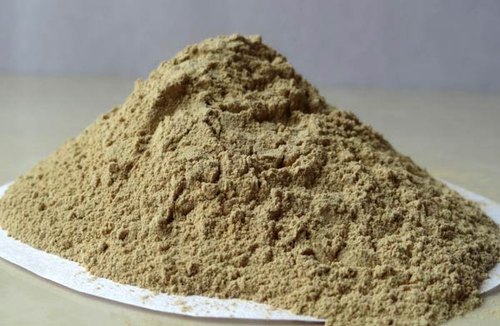Rise in Demand for Refined Vegetable Oil Expected to Drive Global Bleaching Clay Market: Ken Research
The bleaching clay is a type of clay that has relatively high adsorption power in order to decolorize and refining oils & fats. The primary source material for bleaching clay is montmorillonite that can also be referred to as hydrated aluminum silicate, it also imparts the indispensable adsorption characteristics designed as per the bleaching clays. The bleaching clay is widely made of the three types of clay that are Attapulgite, Bentonite, Sepiolite. The bleaching clays are also used in the refining of the vegetable oils, hydrogenated vanaspati ghee oils, and margarine are some of the key applications. The bleaching clay is also widely used during the refining of fats such as tallow oil, fish oil, lard oil.
According to the study, “Global Bleaching Clay Market to reach USD 1212.26 million by 2026” the key companies operating in the global bleaching clay market are BASF SE, Taiko Group of Companies, Musim Mas Holdings, W Clay Industries Sdn. Bhd, Oil-Dri Corporation of America, Clariant International AG, 20 Microns Nano Minerals Limited, AMCOL Specialty Minerals, AMC (UK) Ltd., Ashapura Group of Companies, and Refoil Earth Pvt. Ltd. The key manufacturers are cautiously procuring the raw clay and monitoring it over several quality procedures and control checking. The production facilities and manufacturers further using the advanced state of art machinery & technology for manufacturing and monitor high-quality bleaching clay.
Based on product type, the bleaching clay market is segmented as activated clays, fullers earth, and activated bauxite. The activated bleaching clay is widely used in decolorizing and refining of animal fats, vegetable & mineral oils and waxes owing to high absorptive property. Based on the application, the market is segmented as mineral oil & waxes, vegetable oil & animal fats, and industrial oil. In addition, based on the end-use industry, the market is segmented as chemical processing, nutrition (food & beverage), cosmetics, and others. The bleaching clay market is driven by a rise in demand for refined vegetable oil, followed by an increase in the number of health-conscious consumers and growth in consumption of mineral oil due to its wide adoption in cosmetics, lubricants, and grease. However, unfavorable conditions arising due to the COVID-19 outbreak and stringent safety legislation may impact the market. Moreover, a rise in demand for biodiesel is a key opportunity for the market.
Based on geography, the North-American and Asian-Pacific regions hold a major share in global bleaching clay market owing to the rise in government incentives for the production of biofuels & various agricultural benefits being offered in North America and growth in production of edible oil in major Asian countries such as China and India. Whereas, the European region is estimated to witness higher growth rate due to supportive government initiatives and technological advancements over the forecast period. In upcoming years, it is expected that the future of the global market will be bright as a result of a rise in demand for vegetable oils from food & beverage because of growth in consumption of processed food during the forecast period. The global bleaching clay market is valued approximately at the US $814.28 million in 2018 and is projected to grow with a healthy growth rate of more than 5.10% over the forecast period 2019 to 2026.
For More Information on the Research Report, refer to below links: -
Global Bleaching Clay Market Analysis
Related Report: –
Contact Us: –
Ken Research
Ankur Gupta, Head Marketing & Communications
+91-9015378249




Comments
Post a Comment